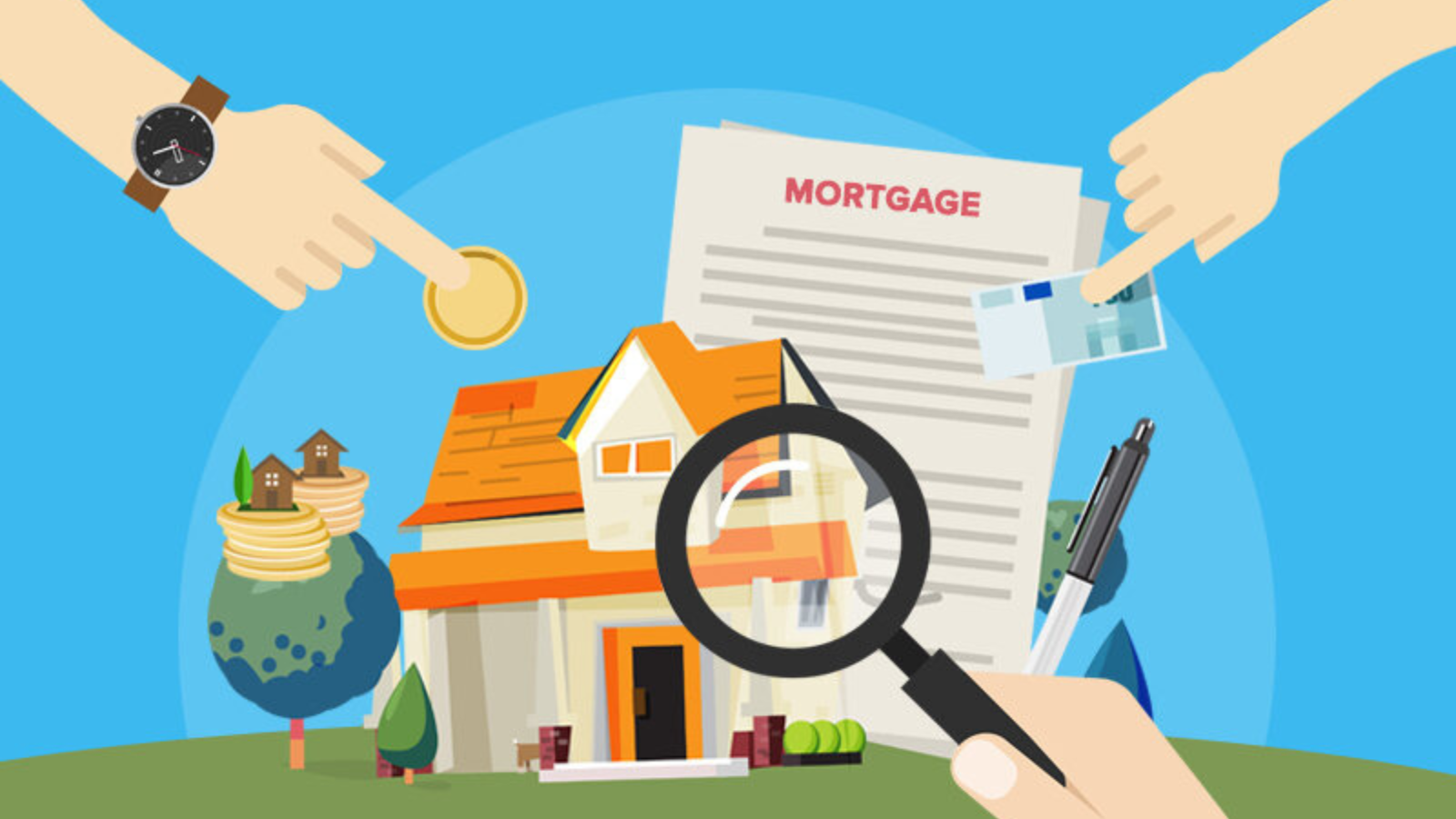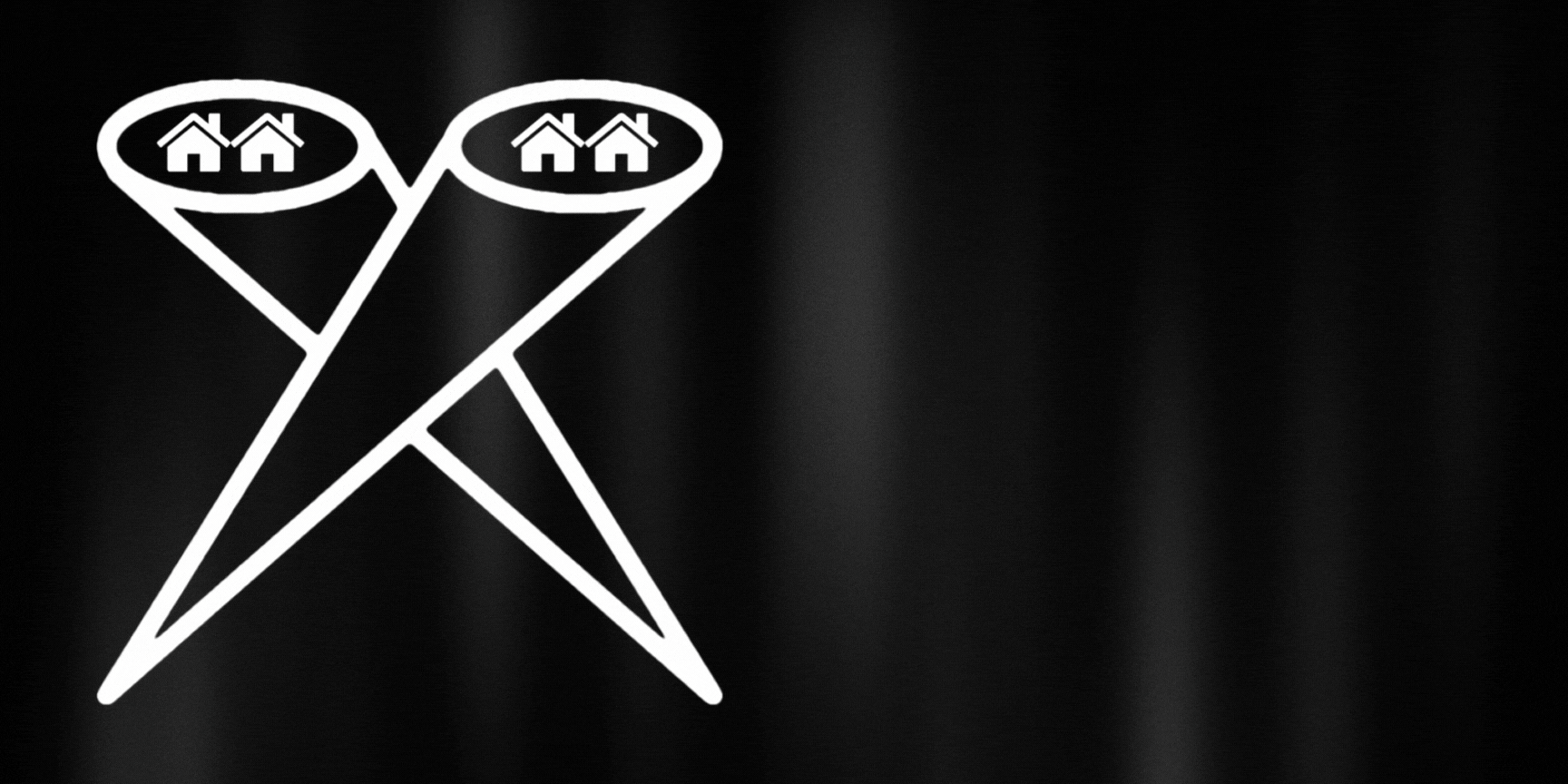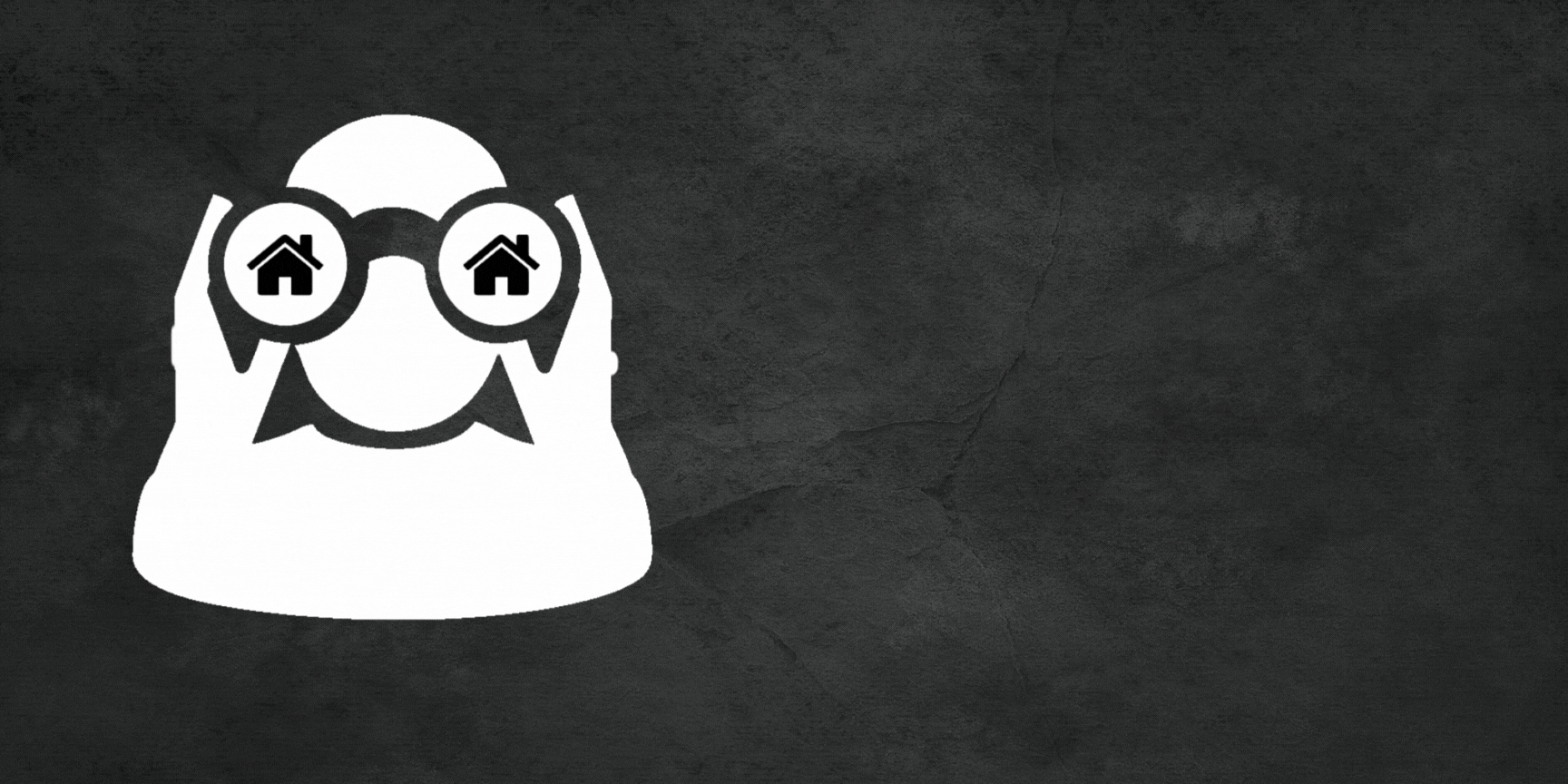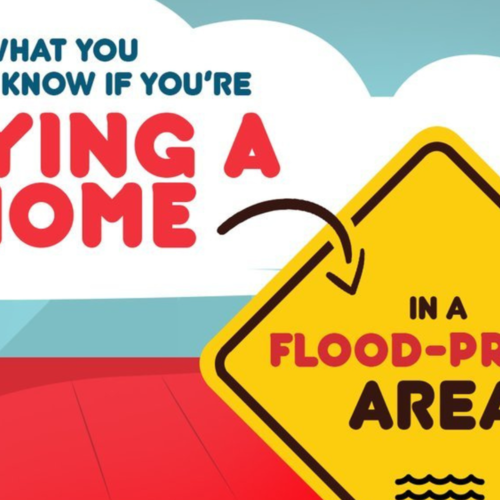In the Bay Area, where the real estate market is booming, many individuals dream of becoming homeowners. But before diving into homeownership, it’s essential to understand the structure of mortgage payments. A mortgage is a long-term loan that helps borrowers purchase a house without making a significant down payment. This article will break down the components of a mortgage payment, providing a comprehensive understanding of how payments are structured and what they entail.
When Does Mortgage Payment Start?
As a first-time homebuyer in the Bay Area, you might wonder when your mortgage payment will start. Mortgage payments usually begin one full month after the last day of the month in which the home purchase closed. Unlike rent payments, which are typically paid in advance on the first day of the month, mortgage payments are paid in arrears. This means that the payment is expected to be made at the end of the month. For example, if you closed on your new home on March 28, the first full mortgage payment, which is for the month of April, would be due on May 1.
Factors Affecting Monthly Mortgage Payments
Two primary factors determine the amount of your monthly mortgage payments: the size of the loan and the term of the loan.
Size of the Loan
The size of the loan refers to the amount of money borrowed. The larger the loan, the higher the monthly payment. It’s important to consider your budget and financial capabilities when determining the size of the loan. Lenders typically have specific criteria for approving loan amounts based on your income, credit score, and other factors.
Term of the Loan
The term of the loan is the length of time within which the loan must be fully paid back. The most popular mortgage financing option among many homebuyers in the Bay Area is the 30-year mortgage. Longer terms result in smaller monthly payments, making homeownership more affordable for many individuals. However, it’s important to weigh the pros and cons of a longer-term mortgage and consider your long-term financial goals.
The Four Major Components of a Mortgage Payment (PITI)
A mortgage payment consists of four major components, often referred to as PITI: Principal, Interest, Taxes, and Insurance. Let’s delve into each of these components to gain a deeper understanding.
Principal
The principal is the actual amount of money borrowed from the lender without considering the interest. It represents the face value of your mortgage on the first day. The repayment of the principal is a portion of each mortgage payment. If you have a fixed-interest rate mortgage, the principal repayment remains the same throughout the life of the loan. However, during the initial years of the loan, a larger portion of the payment goes towards interest, and the principal repayment increases over time.
To calculate your starting principal balance, you can use the following formula:
Principal Balance = Purchase Price + Fees Rolled into Mortgage - Down payment
Interest
Interest is the lender’s reward for taking a risk and lending money to a borrower. It is a significant part of your mortgage payment, especially in the early years of the loan. The interest rate on your mortgage directly impacts the size of your monthly payment. Higher interest rates result in higher mortgage payments.
Regardless of whether you have a fixed-rate mortgage or an adjustable-rate mortgage, interest accrues annually. In the case of a 30-year loan, the first several years will primarily go towards paying the interest. However, as you make more payments, the amount allocated to interest decreases, and more goes towards the principal.
To calculate how much of your payment goes to interest, you can use the following formula:
Interest Portion = Current Principal Balance × (APR ÷ 12)
Taxes
Property taxes are another component of your mortgage payment. Almost all lenders require borrowers to include taxes in their monthly payment. The amount due in taxes can vary from year to year, depending on the location of your property and its assessed value.
Property taxes are assessed by governmental agencies and are used to fund various public services, including schools, road construction, and emergency services. To ensure timely payment of property taxes, lenders often require homeowners to include them in their mortgage payment. The lender holds these funds in an escrow account and pays the taxes on your behalf.
Insurance
Insurance payments, specifically homeowner’s insurance, are also part of each mortgage payment. Homeowner’s insurance covers losses and damages to your home and its contents. It also provides liability coverage for accidents that occur on your property.
Similar to property taxes, homeowner’s insurance payments are held in an escrow account until the bill is due. This ensures that you are always covered in the event of an emergency. The amount allocated to insurance in your mortgage payment typically remains consistent, unless there are significant changes in your insurance premium.
Mortgage Insurance Included in Mortgage Payments
In addition to the four major components of a mortgage payment (PITI), there are certain types of mortgage insurance that might be included, depending on your specific situation.
Private Mortgage Insurance (PMI)
Private Mortgage Insurance (PMI) is mandatory for homeowners who purchased a home with a down payment of less than 20% of the purchase price. PMI protects the lender from financial loss in the event of borrower default. The cost of PMI varies depending on factors such as the borrower’s credit and the amount of the down payment. Typically, PMI costs between 0.3% to 1.15% of the mortgage loan amount.
For most conventional loans, PMI is necessary until the homeowner has at least 20% equity in the property. Borrowers have the option to choose from different payment plans for PMI, including annual, monthly, and upfront payment options.
Mortgage Insurance Premium (MIP) in FHA Loans
FHA loans require borrowers to pay Mortgage Insurance Premium (MIP). MIP protects lenders against losses resulting from defaults on home mortgages. Both upfront and annual mortgage insurance are required for all FHA borrowers, regardless of the down payment amount. The annual MIP rates can be checked on the FHA website.
Conclusion
Understanding the components of a mortgage payment is crucial for any potential homeowner in the Bay Area. By comprehending the structure of mortgage payments, you can make informed decisions about your finances and ensure that homeownership remains an affordable and sustainable endeavor. Remember, the principal, interest, taxes, and insurance are the major components of a mortgage payment, with additional mortgage insurance options depending on your circumstances. Take the time to evaluate your financial situation, research your options, and consult with professionals to make the best choices for your homeownership journey in the Bay Area.




